Meet Collin Campbell, a builder of things. Lately, those things are airplanes, including each of the three Bob Barrows Bearhawk designs: the Bearhawk 4-Place, Bearhawk Patrol, and Bearhawk LSA. Collin is the first single customer to build all three types. He is retired from his career of building houses, during which he learned to fly, raised three children with his wife Sarah, and completed four other airplane projects.
Collin and Sarah. An airplane builder’s achievements are even more meaningful when they are concurrent with 47 years of harmonious marriage.
Like many Bearhawk builders, Collin’s project started with Budd Davisson’s article in the October 1995 issue of Sport Aviation. Bob first flew his prototype Bearhawk to Oshkosh in 1994, but it didn’t get much attention. Budd noticed it and wrote about it a year later and plans started selling quickly. Collin purchased plans number 360 and began construction in 1999, when building from plans was the only option.
His journey to the Bearhawk makes plenty of sense in retrospect. He was always interested in airplanes but didn’t try flying until a pilot buddy recommended he take a flight lesson in 1977. He did and was hooked. It took three months to earn his private pilot certificate, spending $20 per hour for the airplane and $20 per hour for the instructor. Rental airplanes were abundant, and Collin flew the usual Cessnas and Pipers that he had access to. His first step in ownership was to buy a Cessna 172. It was advertised as freshly overhauled, and perhaps it was, but the crank was ground undersize, and the bearings were standard size. Once the engine warmed up, oil would flow through the resulting big gap, causing the oil pressure to drop. Collin recalls about that, “You learn things…that was an education.” In this case the tuition for that education was surprisingly low. The seller/overhauler agreed to buy the airplane back for what Collin had paid for it, rather than instigate a dispute that might have disparaged the reputation of the seller’s business.
Collin’s first homebuilt was called a Zippy Sport (Green Sky Adventures), powered by a half VW engine. It was unfortunately destroyed in a flight test mishap. His was one of the first of that design to fly, so he was in unknown territory while testing propellers. Prior tests had yielded insufficient thrust to lift off, so on the day of the crash he was expecting the same, and hadn’t even buckled his seatbelt. The new prop delivered such an improvement that the plane leapt into the air, but not so much of an improvement to continue the climb. The wing stalled and he came down hard on the nose. This lesson was more expensive than the Skyhawk, but he was able to sell a few parts from the wreck and he recovered from his injuries. Thankfully we have much better resources available to educate ourselves about flight test preparations these days.
Taming Taildraggers
Collin learned about tailwheel flying in a Champ. As he says, “You’ve got to know what your feet are for!” He briefly owned part of an Aeronca Chief, in which he learned how to do good forward slips. These two airplanes are similar, but the Chief has side-by-side seating, versus the Champ’s tandem seating. After the Chief, he restored a Champ from a basket case, having found that he had a preference for taildraggers with centerline seating.
After the Champ, Collin owned a Cessna 170 with a constant-speed prop and upgraded 180-horsepower engine. The Cessna 170 is the same type that Bob Barrows owned when he designed the Bearhawk, which was to be its replacement. Collin purchased the airplane and fixed it up with panel and cosmetic upgrades. He enjoyed flying it, but the fellow he bought it from called one day and offered to buy it back at a very favorable price. Collin accepted and used the proceeds to purchase a Maule MX-7 with a fixed-pitch prop and 160 horsepower. This was a good airplane that he flew to AirVenture three times, but it did not perform as well as the C-170. Collin lives on a 1320-foot-long grass strip that he owns near the small town of Bolivar, Missouri, just north of Springfield. Good takeoff and landing performance is not optional.
Next in the lineup, for something completely different, Collin built an RV-6A from 1986-1993. He first flew it from that small strip on his 44th birthday. The airplane could handle the short strip marginally, but he found “it wasn’t really my kind of flying.”
The sunshades are from RAM, the same folks that make mounts for electronic gadgets. The large skylight opens up the feeling of the cabin and makes the horizon visible in steep turns. Fuel sight gauges are simple and reliable. The elevator trim system is overhead.
Bearhawk 4-Place
If it were possible to somehow plot each of Collin’s airplanes on a flight envelope diagram, the Bearhawk would fall right in the middle. He appreciated the performance, but also just “liked the way the airplane went together,” with its sturdy steel fuselage and aluminum wings. These construction methods were not new to him, but he continued to learn as he went. He took things one step at a time, and as he said about each task, “I read about it, practiced, and did it.” By 1999 Collin’s house-building business had come a long way from his start, digging a septic tank hole with a shovel and pick, and his three children had grown beyond school age. He worked on the Bearhawk on the weekends and evenings, finding the time in the workshop to be therapeutic. “I do my best thinking out there,” he says. Collin has found that work is most enjoyable when we don’t feel required to do it, and he’s certainly onto something there. This feeling of deadlines and compulsion is perhaps the only thing that separates a hobby from a job. Much of scratch building could be mistaken for work otherwise.
N370CC is now owned by Wayne Packard, based at Tullahoma, Tennessee. After purchasing it from Collin, Wayne flew it to California and based it there until he moved to Tennessee.
The Bearhawk 4-Place is famous for its cavernous cargo door and baggage area. Most operators are able to fill the space and stay well within weight and balance limitations. In this case, full 50-gallon fuel tanks yield 879 pounds to distribute in the cabin before reaching max gross weight.
His Bearhawk project became N370CC, painted white and red. The 180-horsepower O-360 engine came from Mattituck, and he added an 80-inch constant-speed Hartzell prop. The empty weight was 1321 with a “round gauge” panel. Max gross weight is 2500, living up to the Bearhawk’s hauling capability. Collin flies only VFR, a preference he realized halfway through his instrument training decades ago. He flew his Bearhawk for 76 hours, including a trip to AirVenture in 2008, before selling it to Wayne Packard, who generously provided it for photos in this piece.
All three of the Barrows designs provide easy engine access, making thorough preflight inspections easy, an advantage to having a cowl designed by an engine builder.
When Collin started building, there was only one “Bearhawk” to talk about, but by the time he sold N370CC, Bob had started selling plans for the Bearhawk Patrol, a two-seat airplane kind of like a Super Cub that can cruise fast. The original Bearhawk became the Bearhawk 4-Place, just as Collin was getting the itch to build again. He realizes not everyone understands this itch, but sometimes we are defined by the things we “can’t not” do. Collin is the type of guy who can’t not be building something.
The Bearhawk 4-Place can accommodate a 6-cylinder Lycoming, but it still performs well on a 4-cylinder. The prop is in the same location for either, which makes for plenty of maintenance room behind the smaller engine.
Since he usually flies by himself, Collin didn’t need the extra size of the four-seat Bearhawk. If the centerline seating designs had been around when he first started, he might not have even built the four-seater. When it came time to choose his next project, he considered RANS and Zenith airplanes but felt an impression that Bob’s designs were built more durably. He purchased Patrol plans number 56 and started building in 2006.
Bearhawk Patrol
Times had changed since his last build. Bearhawk Aircraft had started offering quickbuild kits for the Bearhawk 4-Place (but not yet the Patrol), and Mattituck was no longer selling engines. So, Collin built the Patrol from plans rather than from a kit, and when it came time for an engine he said, “If I’m going to build the airplane, why not build the engine?” Just as he had learned each skill in building the airframes, he learned how to build the engine one step at a time. The parts came in a pile of boxes, and he studied the overhaul, parts, and assembly manuals. He also credits helpful videos and materials like those from Sacramento Sky Ranch.
The engine has 42 hours of flying so far, with excellent reliability and oil temperatures that are almost a little too cool in the winter. The prop is a fixed-pitch Sensenich 76×58, yielding 130 mph indicated at 70% power, or economy cruise of 120 mph at 2300 rpm. Comparing the Patrol to the 4-Place, he likes to say, “It’s a little bit faster, and a little bit slower,” meaning that the cruise speed is higher and the stall speed is slower on the same horsepower and a fixed-pitch prop.
The Bearhawk Patrol is shaped like several other airplanes in its class, but it is one of the fastest among them.
Like his first Bearhawk, the Patrol is covered with Poly-Fiber, but this time he chose Bahama Blue, to mix things up. Walking up to the airplane, it feels brand new. About half of the surface area is not fabric, which makes for a challenge in matching the texture of the final coatings. Collin addressed this by using Poly-Tone everywhere, spraying the color coat into a tacky coat of primer on the aluminum parts. This gives the whole airplane a soft and consistent semi-gloss texture. The empty weight is a respectable 1178 pounds, with a max gross takeoff weight of 2000 pounds. Stall speed is in the 40s, and thanks to the modern Riblett airfoil, the stall characteristics are much safer than most antique airplanes in this form factor.
With a cowl that opens this far, preflight inspections can be much more complete, and minor maintenance is faster. Swapping out a fouled plug takes minutes.
Collin’s experience as a builder shows in the fit and finish, or it could be said that it doesn’t show. A casual observer just sees a harmonious finished airplane. Sometimes the best design and execution produce invisibility at first glance. But anyone who has built the same type of airplane soon has a list of questions. How did he make that air intake so smooth? It’s a fiberglass part that he cast in place. What about the rod ends on the upper and lower ends of the landing gear shock struts? They are mirror-threaded so that he can adjust their length like a turnbuckle. Everything is clean, neat, and orderly. I asked him, did he not get bored after building two very similar airplanes? After all, isn’t there a reduced return on the “education” factor, having already learned how to do things once? He says he finds joy in finding a better way. Maybe it’s faster, maybe it’s easier, maybe the end result just looks better. The proof is in the results, and the build quality shows that this is his sixth airplane project.
The back seat spans the full width of the fuselage, making it a great shelf for cargo when it isn’t occupied by a person.
Bearhawk LSA
Collin first flew the Patrol in 2014 and loves it, but it didn’t take long for that itch to start coming back. By then, Bearhawk Aircraft had started offering a quickbuild kit for the Patrol and also Bob’s third public design, the Bearhawk LSA. The LSA looks very much like the Patrol, but it’s a clean-sheet design, prompted by numerous builders consulting with Bob about how to build a Patrol to meet the LSA regulatory limitations.
Collin called Mark Goldberg of Bearhawk Aircraft to talk about ordering a kit. Mark says, “I was pleasantly surprised to hear from Collin, knowing that he had already scratch built two airplanes.” Mark considered Collin’s interest to be a nice compliment on the quality of the workmanship in the kits. Collin’s kit was one of the earliest off of the production line, and he was able to sort out a few minor adjustments that were still in the prototype phase.
The Bearhawk LSA interior looks a lot like the Bearhawk Patrol in dimensions. Collin left the interior unfinished to save weight in the LSA.
Bearhawk Aircraft’s quickbuild kits come with the fuselage and tail parts completely welded and painted. The wings are skinned from the top trailing edge around to the bottom of the wing spar, and the rest of the skin is dimpled and ready to rivet once the builder installs the wing wires, controls, and plumbing. For a guy who has scratch-built two similar airplanes, this level of completion is downright luxurious. The LSA has less complexity overall, including its flapless wings. Collin completed his LSA in a very atypical 800 hours of build time over just 18 months. That includes the time he spent overhauling the engine. This time he painted the whole thing Cub Yellow, thankfully saving future generations from confusion by not adding a black lightning bolt on the side of the fuselage. He resolved a cowling clearance problem with the spark plugs by creating two fiberglass bumps on the cowl. He tried to adapt off-the-shelf products, but just couldn’t make it look right. “Sometimes it’s just easier to make it from scratch rather than adapt someone else’s.” This mindset isn’t always present in kit builders—scratch building brings about a strong level of empowerment to create and solve problems.
The engine is a Continental O-200-A that he rebuilt in his shop, producing 100 hp with a 74×40 Catto prop. He finds that the Continental likes to spin a little faster to produce good performance, running 2600 rpm in this case. Empty weight came to 856, with the max gross weight of 1320 per LSA requirements. Folks who aren’t building to LSA requirements have Bob’s blessing to make the airplane’s max gross weight 1500 pounds, so even at 1320 it is still in the middle of its envelope and a strong performer. Collin’s LSA is another clean, simple airplane that flies honestly and performs well. In early testing with just 8 hours so far, he’s finding cruise speeds of 100 mph at around 5 gallons per hour. The oil temperatures were running high initially, but he’s added an adapter from Steve’s Aircraft (www.stevesaircraft.com) that provides for a spin-on oil filter and an oil cooler. This has brought temps back into a reasonable range. The stick and rudder characteristics are very straightforward. Collin says, “It’s a fun airplane, a good old man’s airplane” that he hopes to fly for as long as he can, with the benefit of a low fuel burn and the option to self-certify medically.
Oil temperatures were high before Collin added this filter and cooler adapter from Steve’s Aircraft.
Collin has an ideal vantage point to compare the Bob Barrows designs. The benign stall characteristics stand out to him above all. “When you stall them, they stay straight. CFIs on flight reviews have been surprised.” He likes the strong flight control authority at slow speeds. When landing his 4-Place at AirVenture, the crosswinds were strong and a big crowd was watching, but the airplane handled it fine. He says he’s never had any close calls, or even any bad landings, not that he wants to sound like he’s bragging. It’s nice to have plenty of extra thrust for a go-around if things aren’t going as he’d like.
Anyone who has built one airplane knows how big of a job it is. Seeing someone like Collin puts that job in a different context, especially considering his concurrent happy marriage of 47 years and counting. Both Collin and Sarah credit this to Collin’s ability to find balance in his airplane building, always placing family obligations first. There is still plenty of time left to build airplanes. Sarah helps out in the hangar sometimes, but for the most part they each have separate hobbies and entertain themselves. He is supportive of her ideas and interests. Together they have built trust not in large leaps, but in small steps, one at a time, the same way we build airplanes.

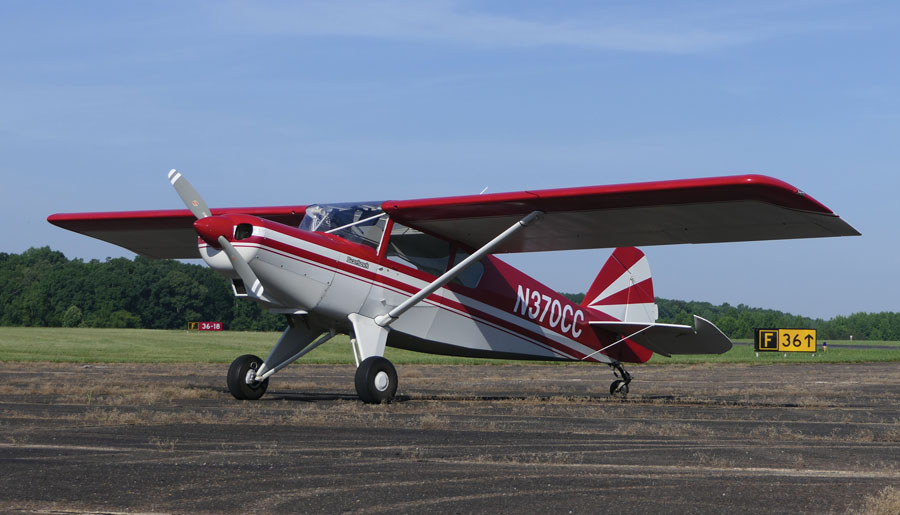
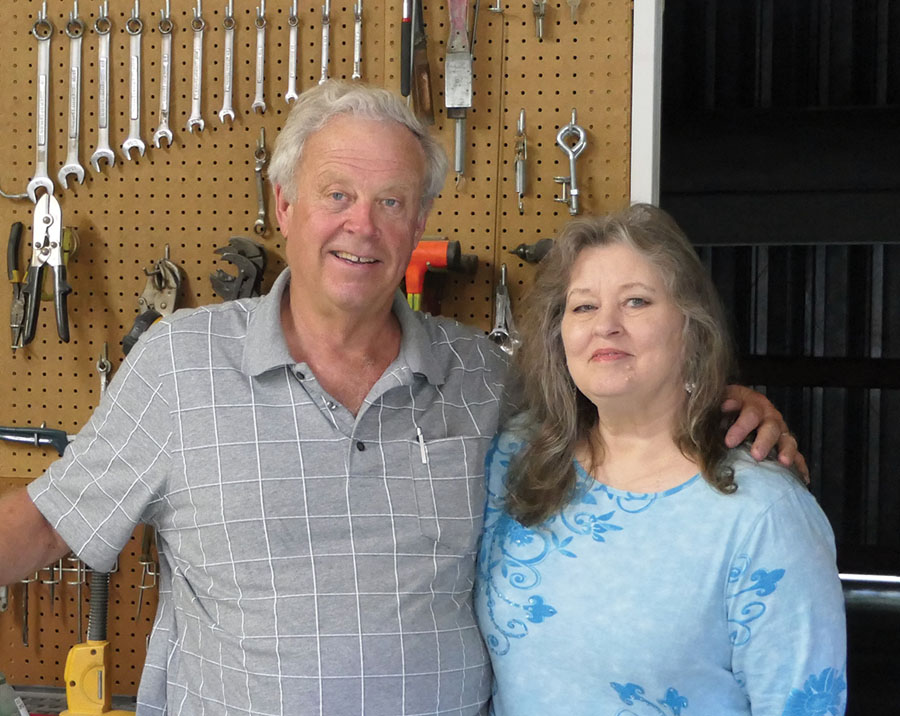
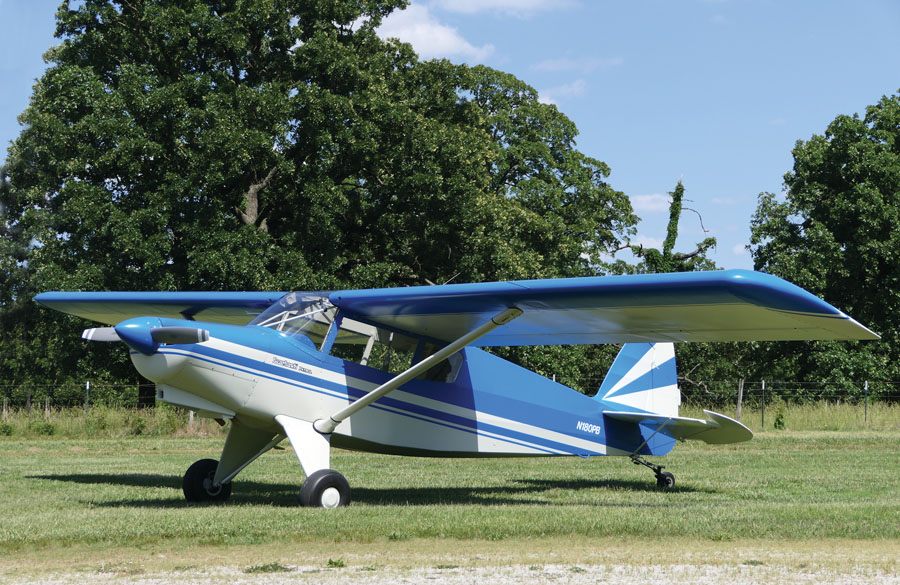
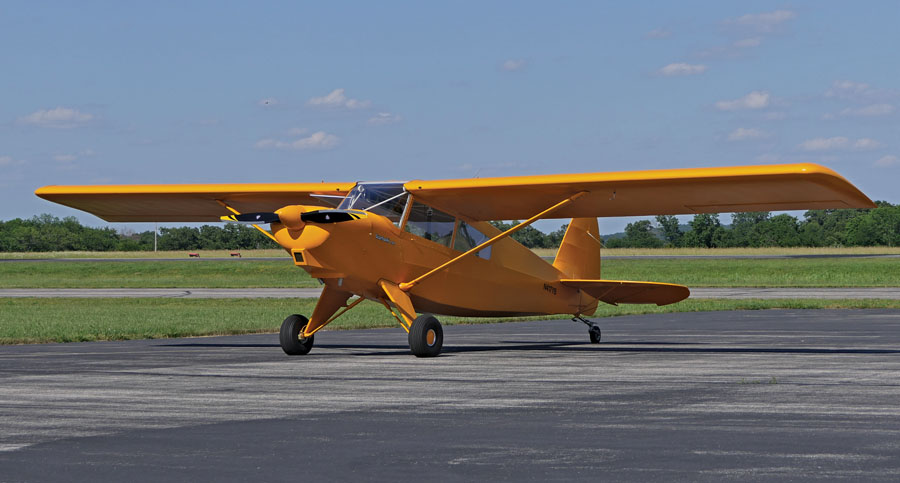

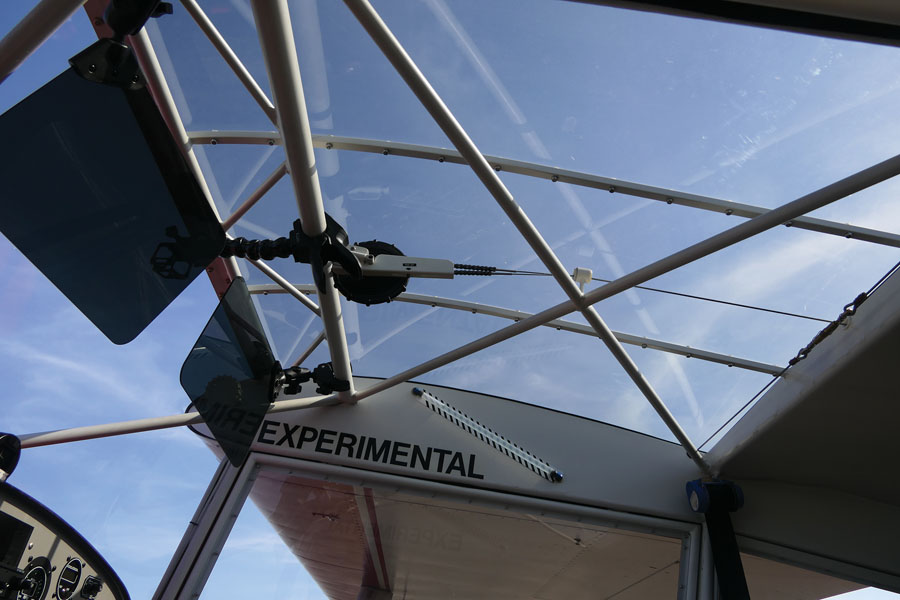
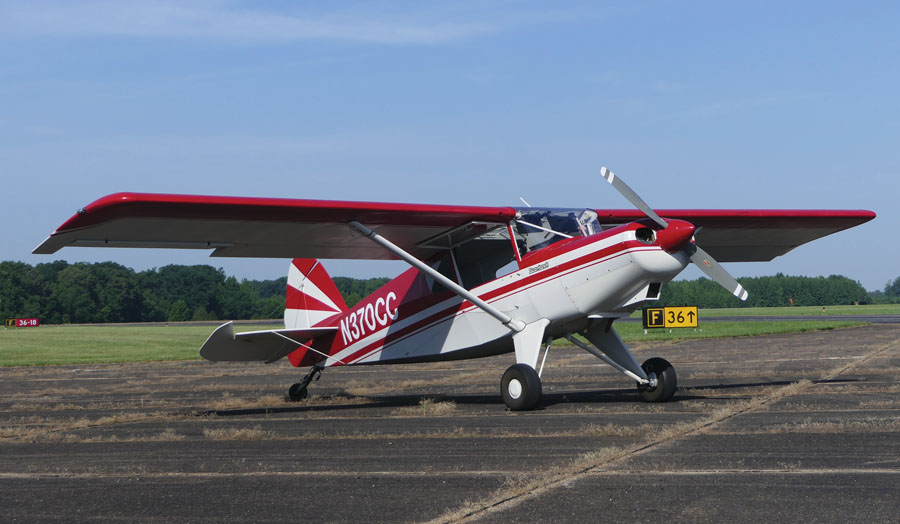
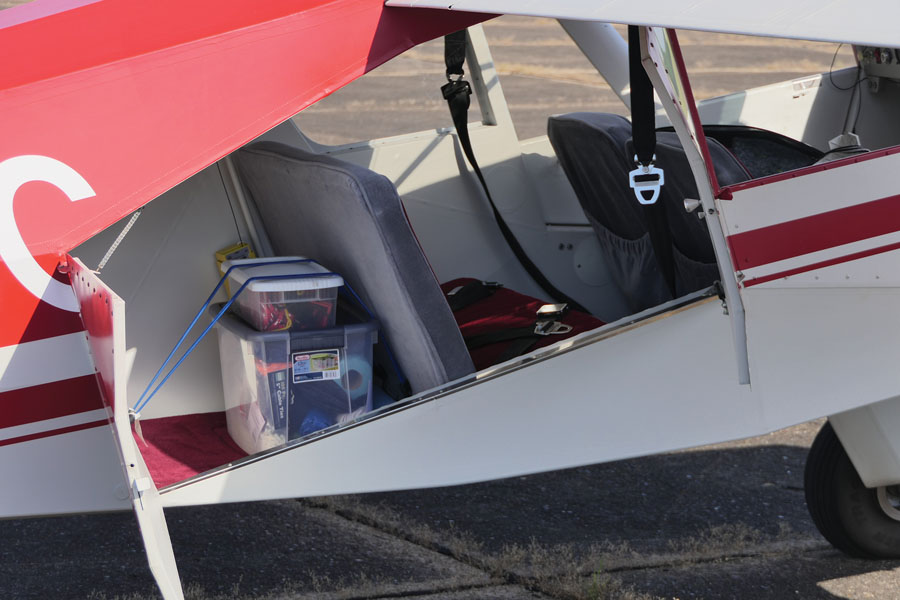
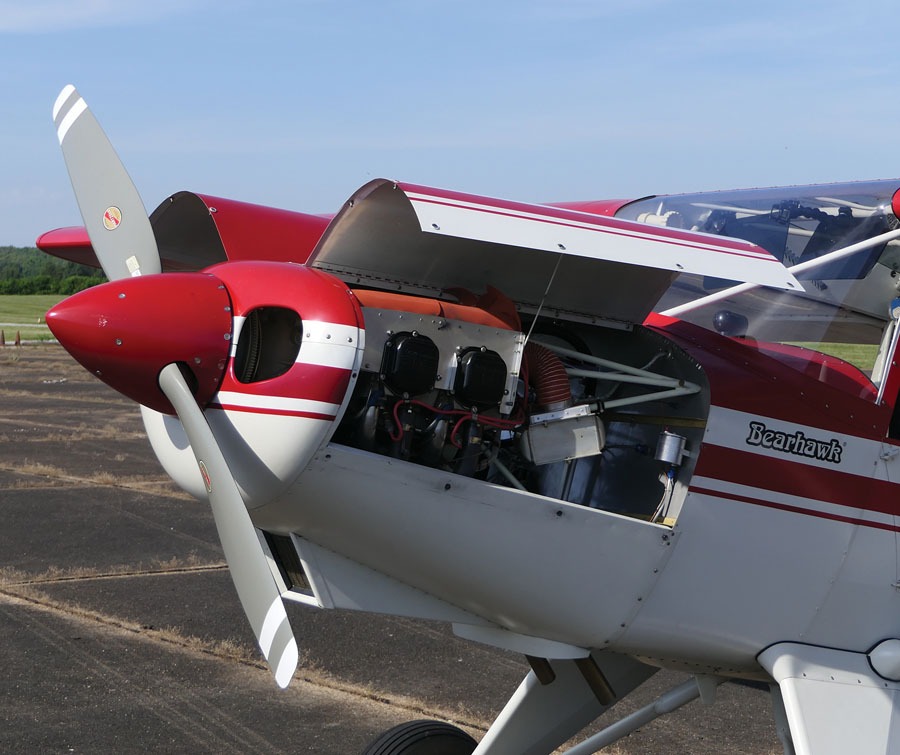
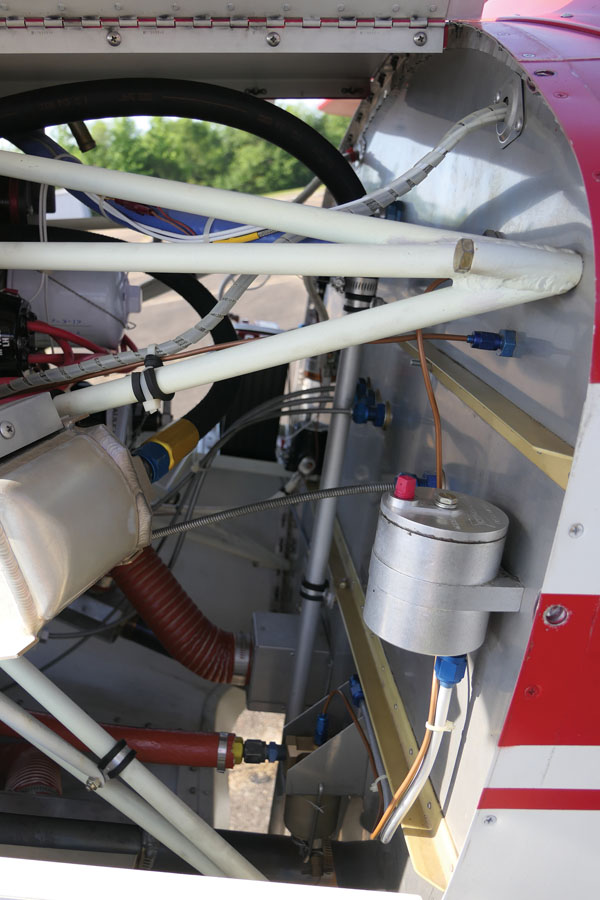

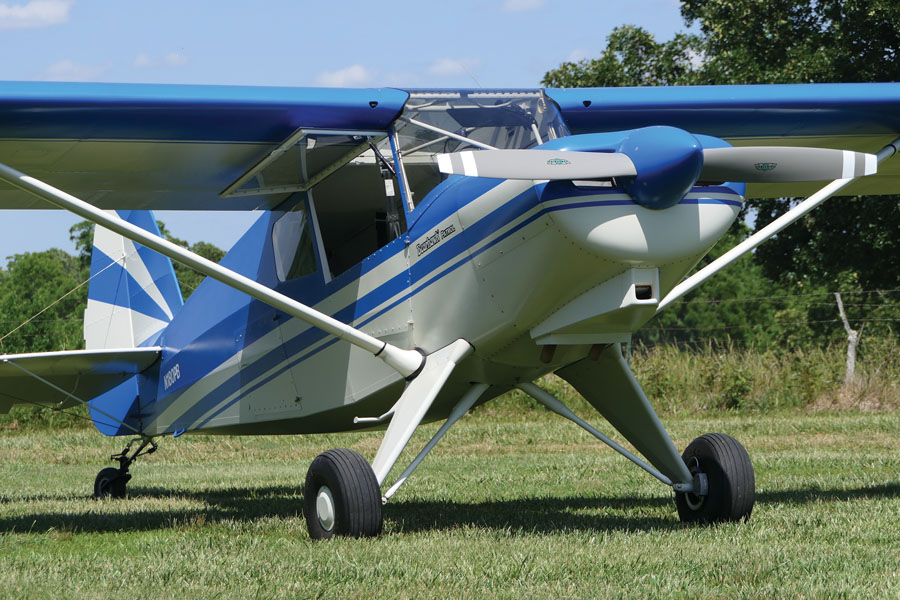
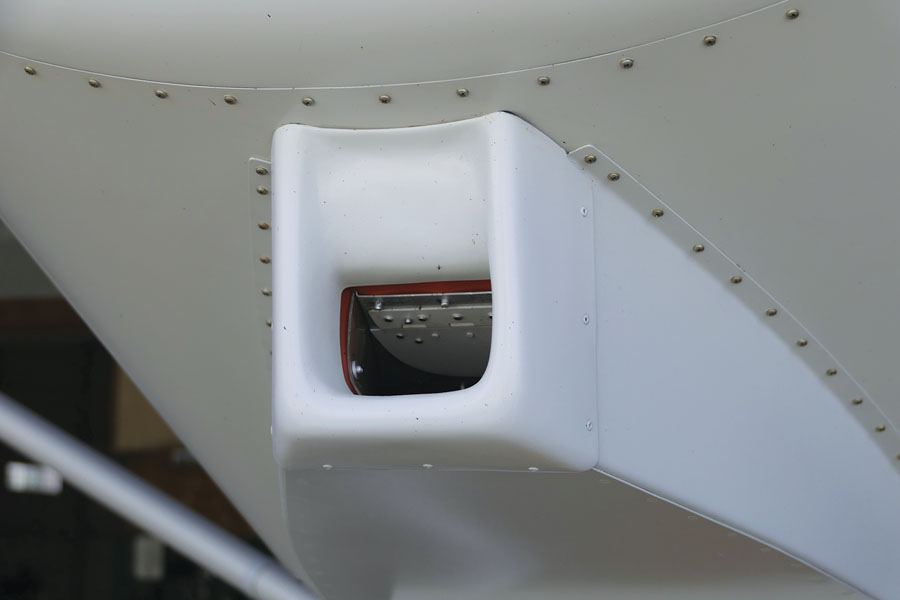


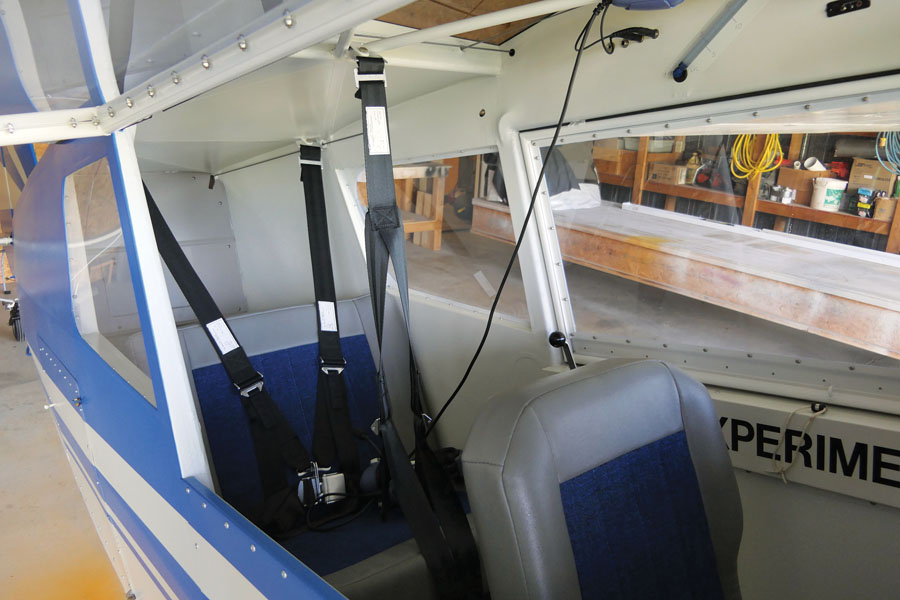

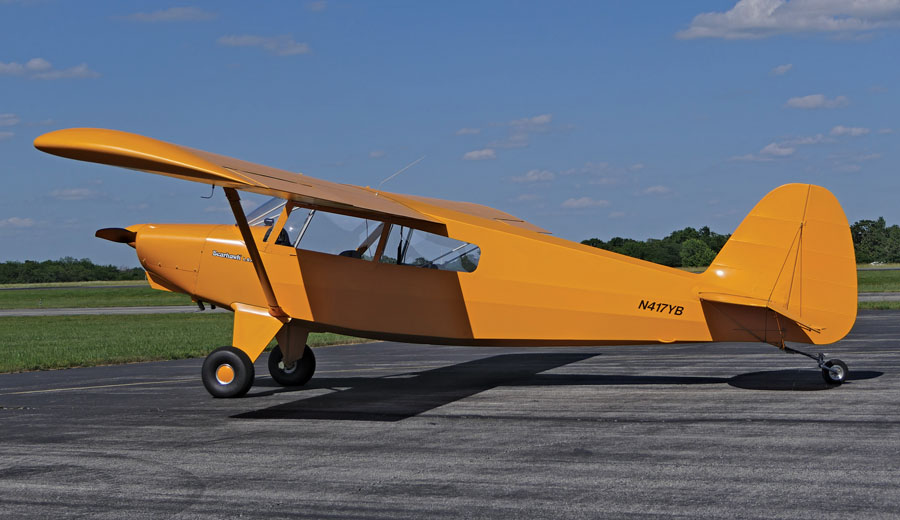
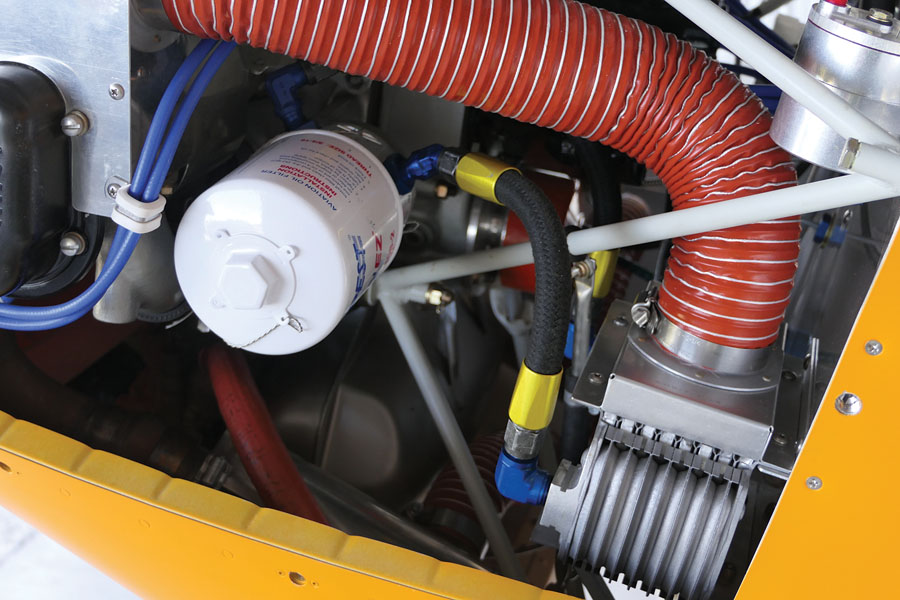





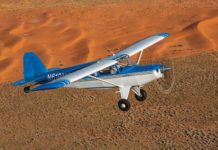



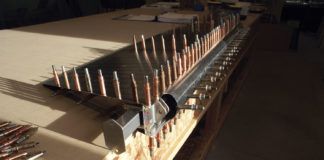
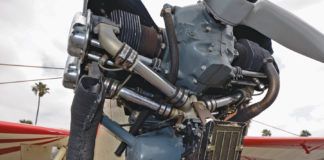
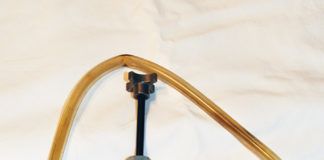
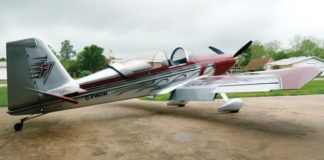
We have the body/remnants of a yellow plane in the desert that we are trying to identify, and it looks like a Bearhawk experimental. If you could give me an email address, I could send you a photo of it, so maybe you could help us identify it….?
Hi Bonnie, I’ve sent you an email, let me know if you don’t get it.